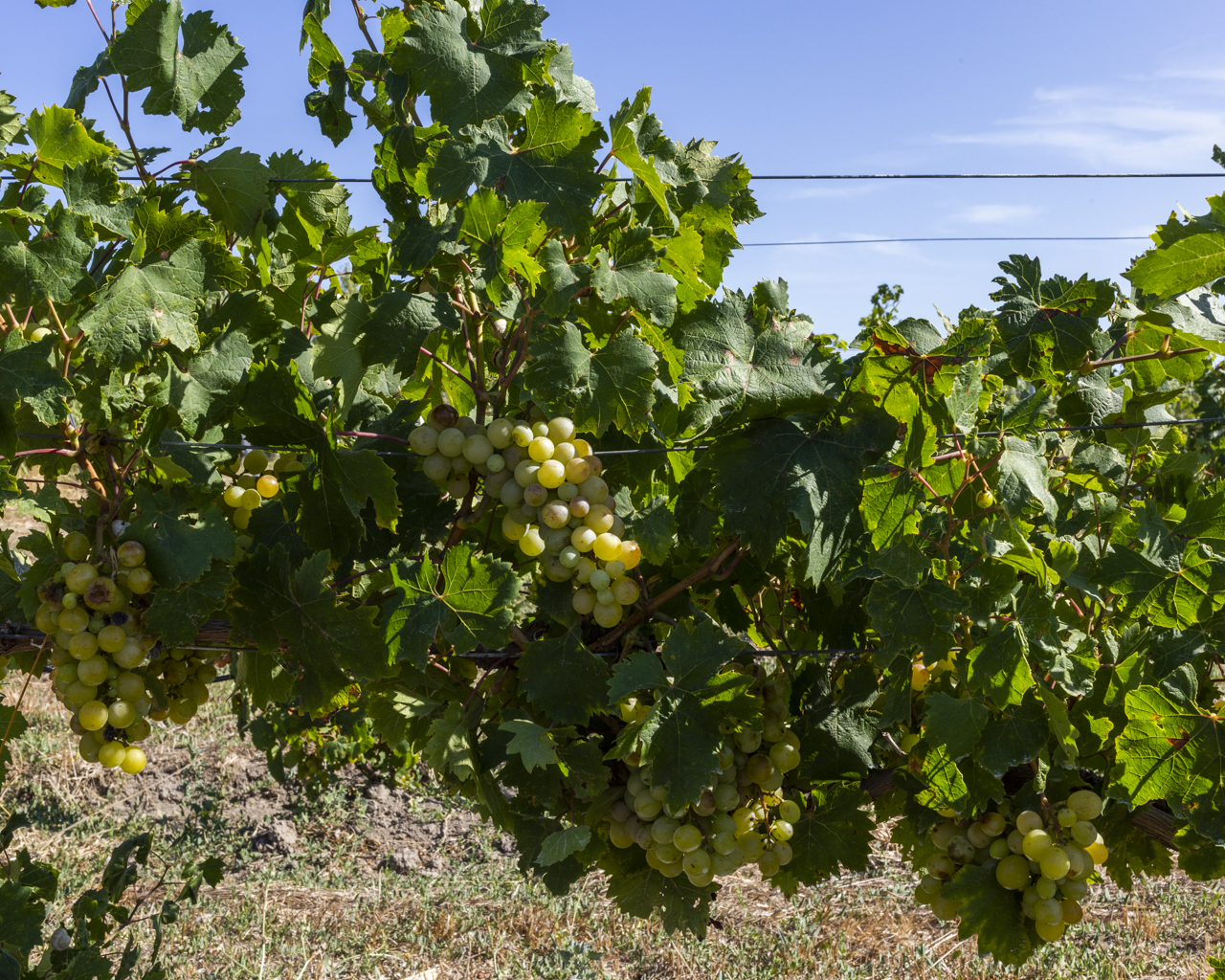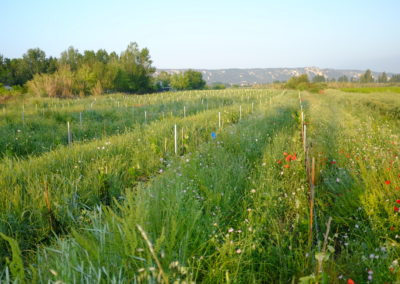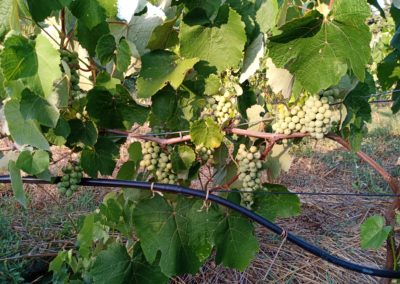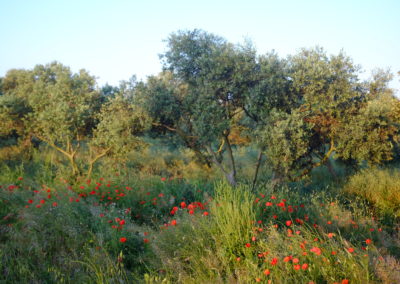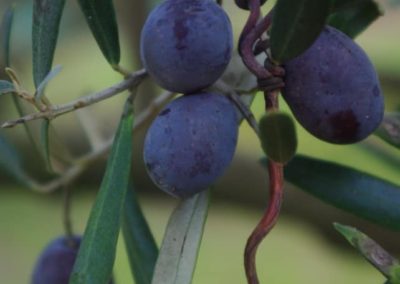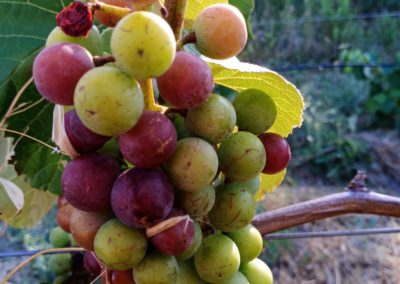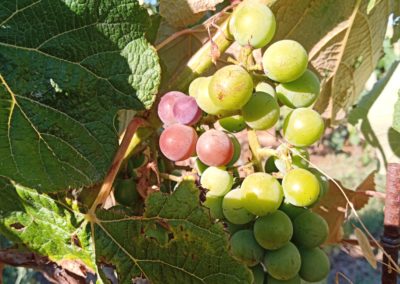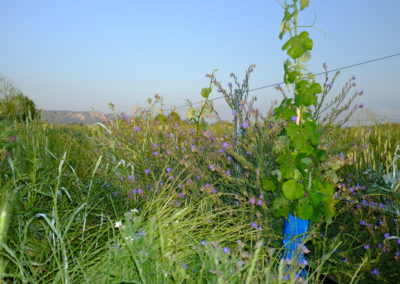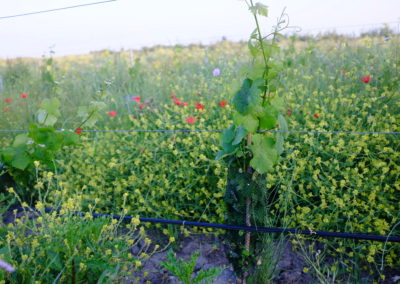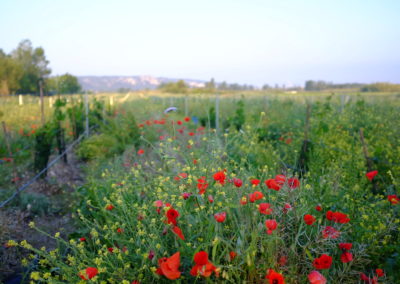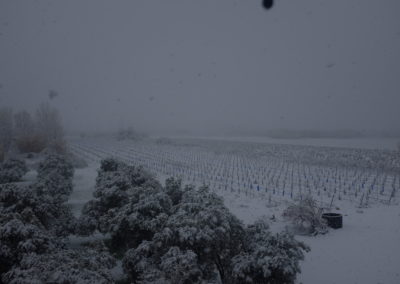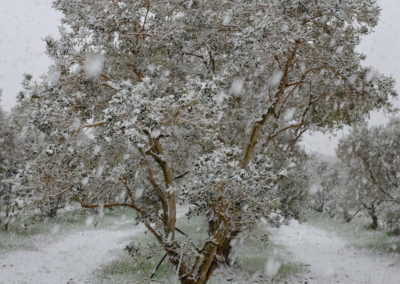Histoire
Tout a débuté comme ça…
Les grecs commencèrent à produire du vin légèrement coloré. Ces grands crus furent réputés tout autour de la Méditerranée. Lors de la création de Massalia (Marseille), aux environs de 600 av. JC, les Phocéens font connaître le vin dans la Gaule, où, au fil du temps, la vigne y sera implantée uniquement dans des petites parcelles proches du littoral marseillais. Mais rapidement des millions d’amphores de vins qui sont le plus souvent sabrées lors des banquets inondent le monde gaulois. Puisque le recyclage était dans l’air du temps, ces mêmes amphores servaient à nouveau, cette fois ci pour la salaison des anchois et étaient réexpédiées… C’est ainsi que de nombreuses amphores contenant encore des anchois dans du sel ont été retrouvées dans les épaves antiques.
Puis, l’avancée romaine en 125 av. JC permet la diffusion de la vigne sur tout le territoire de la future Province qui sera par la suite rebaptisée Provence.
Ainsi vivaient les pêcheurs de la Côte Bleue : sur la mer d’avril à septembre, la saison où l’on pêche l’anchois, ils revenaient à la terre pour vendanger et oliver, puis pour la taille.
À la chute de l’Empire romain, au Vesiècle, l’Église maintient la culture de la vigne et du vin. Dès lors le commerce du vin acquiert une importance économique considérable et l’art de faire du vin devient une spécialité.
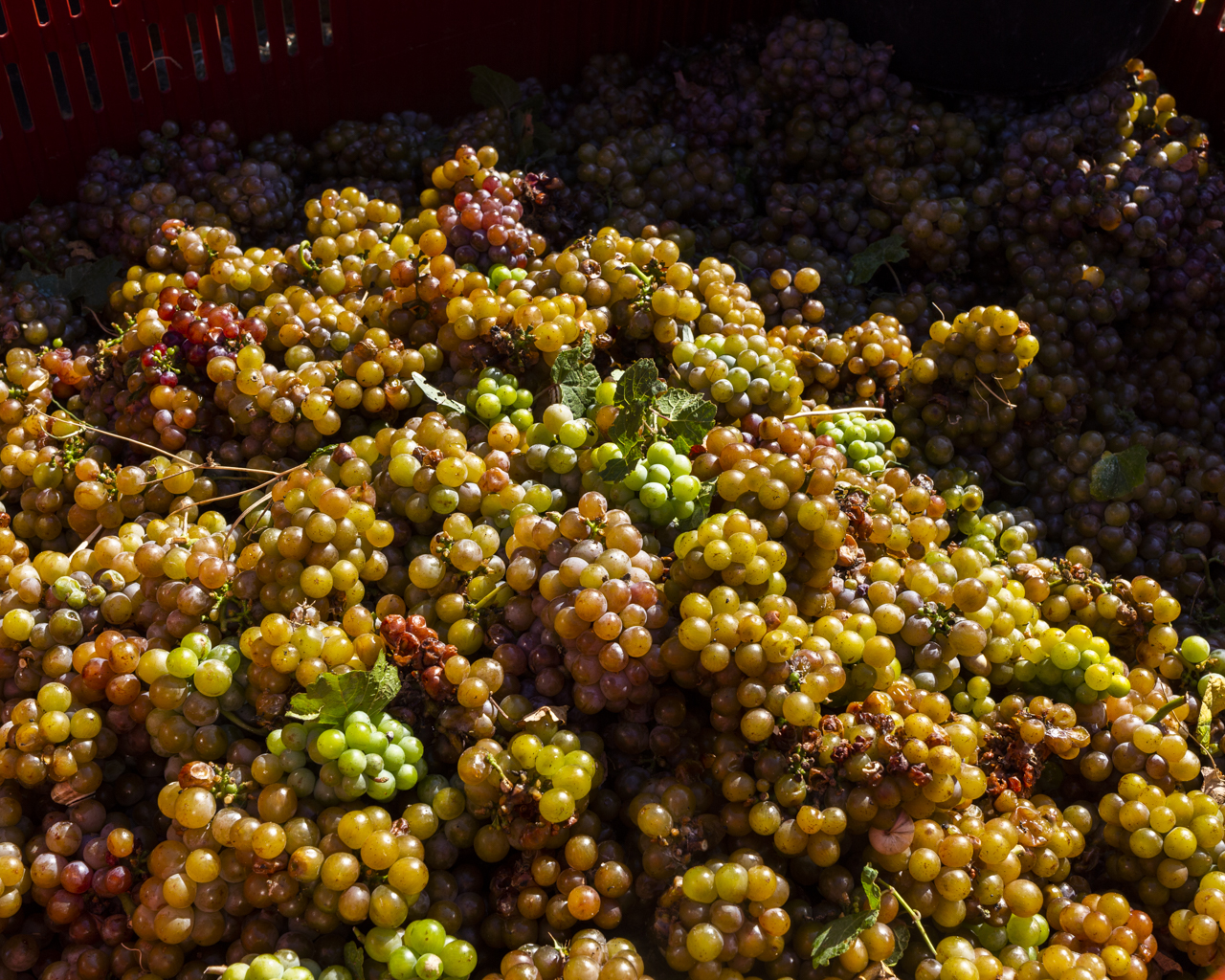
Le Domaine
Issu d’une famille de vignerons et maraichers, Stephan BUFFILLE s’installe comme maraîcher/arboriculteur en 2000 puis il crée le Domaine de l’Anchois en 2015.
Passionné par le milieu, il a pour objectif de «faire un vin original qui corresponde au terroir en cultivant les vignes le plus naturellement possible».
Souhaitant sortir des standards, il choisit minutieusement ses cépages, et crée son propre chai afin d’élaborer des vins libres et qualitatifs, dans le respect de la terre et du vivant.
Le domaine s’étend aujourd’hui sur 7,5 hectares de vigne et 5 hectares d’olivier, au bord de l’étang de Bolmon, bénéficiant des embruns marins, et d’un sol argilo sableux.
Les Cépages
Le vignoble est uniquement constitué de cépages anciens connus pour leur puissance aromatique et une résistance naturelle aux maladies.
OEillade Musquée, Savagnin, Muscat Romain, Plan des Cévennes, Sciacarello, Albert Seibel et Sauvignon
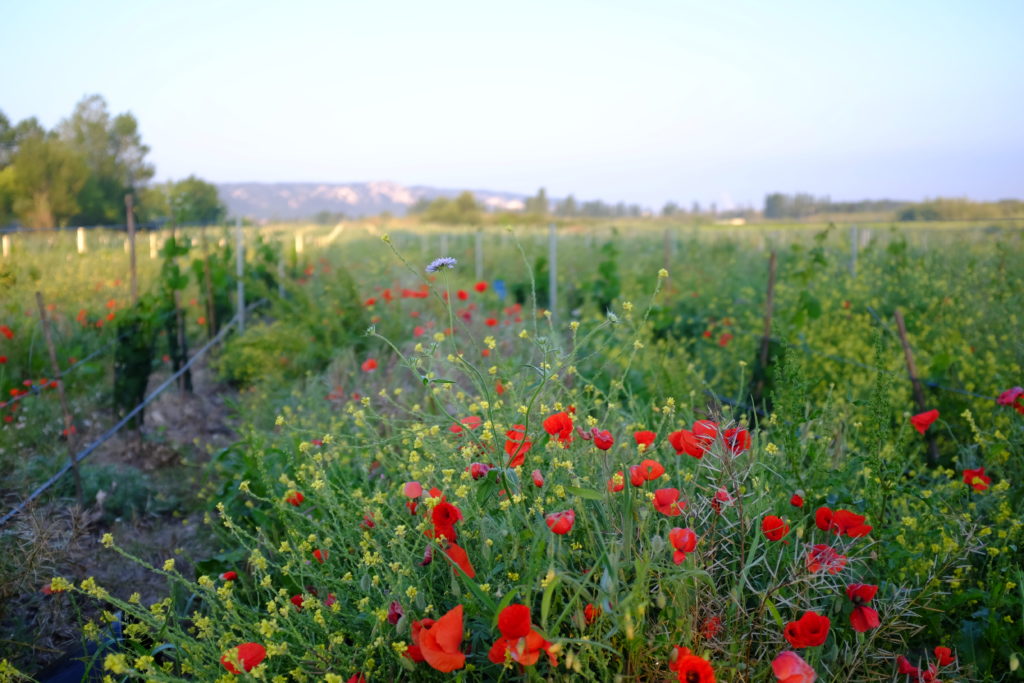
Le Choix d’une culture en Biodynamie
Nous avons fait le choix d’une culture en biodynamie avant même la création du domaine.
Nous souhaitions avant tout une pratique respectueuse et porteuse de sens, en considérant l’environnement dans son ensemble.
Le sol est laissé enherbé toute l’année et amendé par le biais de différents composts naturels, augmentant ainsi la biodiversité animale et végétale et donc sa fertilité. A cela s’ajoute des préparations naturelles qui accompagnent le développement de la plante, lui font gagner en vitalité et en expression de son terroir.
Utiliser la force du vivant nous récompense par des récoltes de qualité.

